Join Pamela Ambler on IC Your Trade as she discusses the impact of the ongoing banking crisis on gold prices with resident expert Alex Holmes from Oxford Economics and special guest Shaokai Fan, head of Asia Pacific and Gold Head of Central Banks at the World Gold Council. In this episode, they explore the factors that influence the demand for gold and the reasons behind the current gold buzz.
Gold is a versatile investment that acts like both a commodity and a currency. Traders use it to store value, hedge against riskier assets, and speculate. The banking crisis has increased uncertainty and unease, causing investors to flock to gold as a safe-haven asset. Furthermore, the potential impact on monetary policy, especially if the Fed pauses or reverses its interest rate policy, may also be contributing to gold’s rise.
The US inflation rate and the Fed’s willingness to raise rates are also important factors affecting the price of gold. Interest rates are generally a headwind for gold, but not the only factor affecting its price. The strength or weakness of the US dollar, underlying supply and demand factors, and market concern and uncertainty also drive demand for gold.
Central banks are accumulating large quantities of gold, indicating that they view it as a safe-haven asset amidst geopolitical risks and concerns over asset safety. In 2022, central banks bought a record 1100 tons of gold on a net basis, reflecting their increased focus on the security of their assets.
In summary, while the banking crisis and potential changes in monetary policy may be driving gold prices higher, the demand for gold is influenced by a range of factors. Join Pamela, Alex, and Shaokai as they delve into the gold market and discuss the impact of these factors on the price of gold.
The price of gold has surged in 2023, fuelled by uncertainty about the global banking system, coupled with ongoing inflationary pressures.
Traders can use gold as a store of value, as a hedge against riskier assets and perhaps most commonly, for speculation.
The World Gold Council says that the shaky market conditions are putting gold back into sharp focus.
There’s a level of market concern and uncertainty in general which drives people to gold as a safe haven asset. So interest rates are definitely part of the equation, but not the only part of the equation for gold.

The spot gold price hovered near all-time highs during March 2023 and momentarily broke through the US$2,000 per ounce barrier.
However, it was unable to maintain its position, pulling back below the US$2,000/oz threshold shortly after.
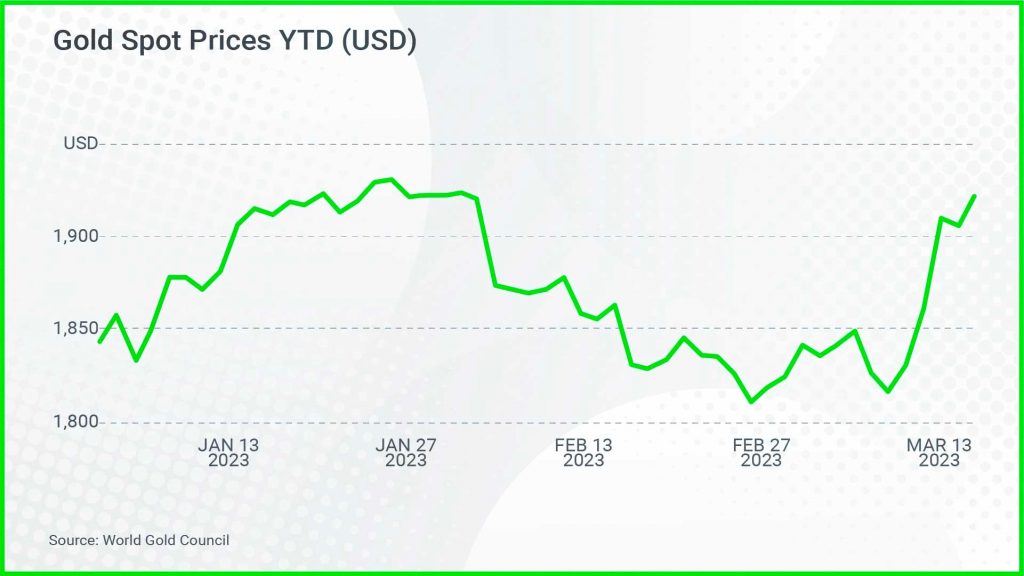
The gold price is also impacted by the outlook for interest rate movements by the US Federal Reserve.
Oxford Economics is forecasting another 50 basis points of rate increases, before the Federal Reserve begins to cut rates by the end of the year.
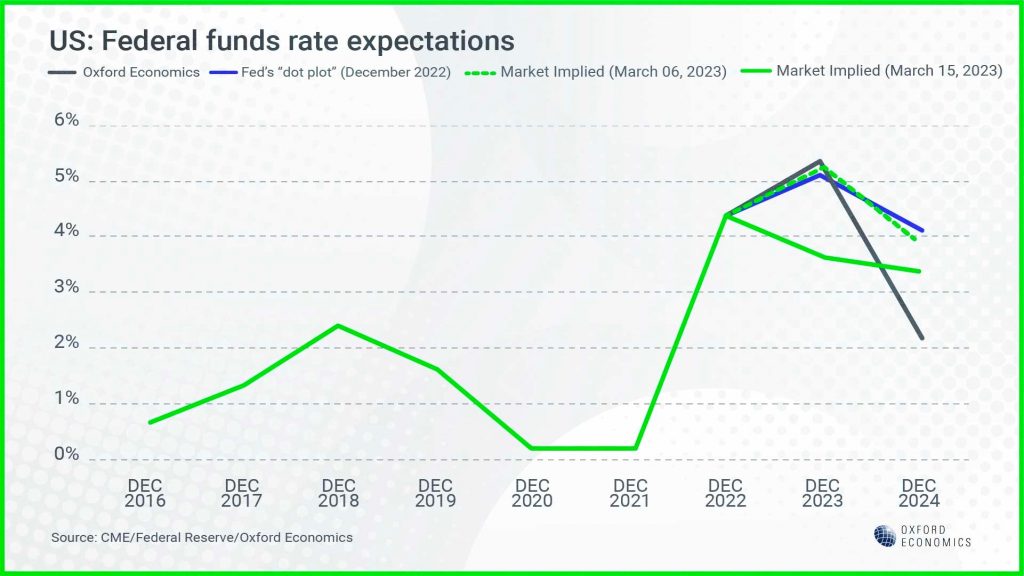
Uncertainty about inflation has also fuelled gold purchases by central banks.
The World Gold Council data shows that central bank gold purchases rose to record levels in 2022. Central banks purchased about 1,100 tonnes of gold on a net basis in 2022.
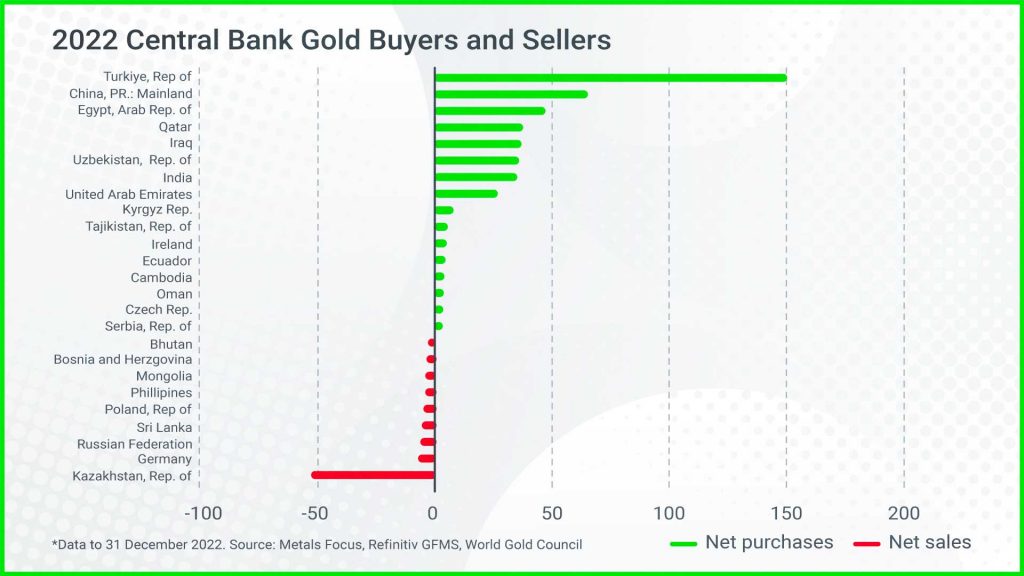
The net purchases of gold by central banks is also indicative of political risk emerging from the ongoing conflict between Russia and the Ukraine.
“There’s been a shift in how central banks are viewing the political risk now, because after the Russian invasion of Ukraine, there were sanctions placed on the Central Bank of Russia, which is a step that many central banks did not anticipate,” said Mr Fan.
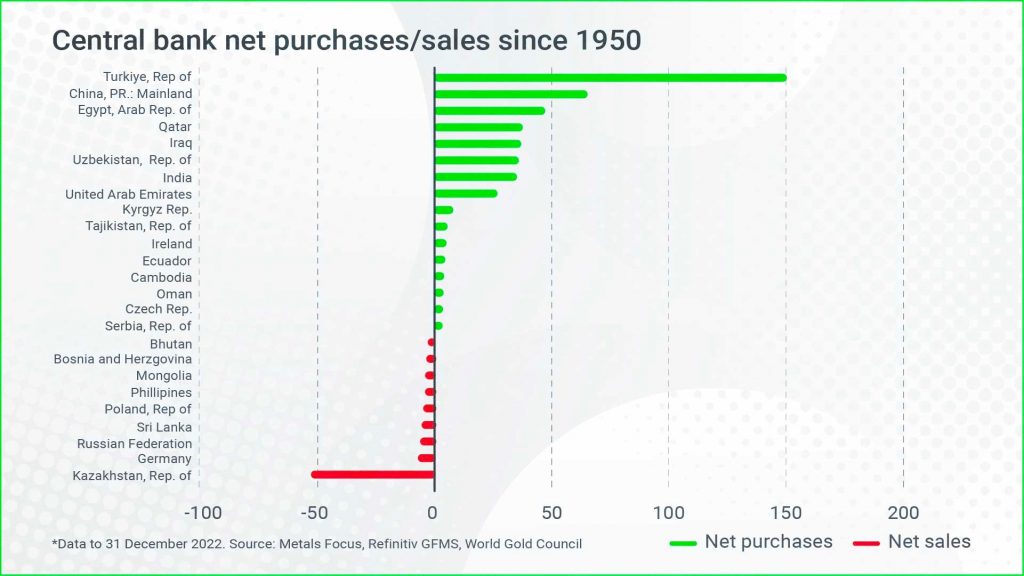
Geopolitical tensions haven’t impacted the price of Bitcoin in the same way as the physical asset.
Bitcoin is often referred to as “digital gold”, but the World Gold Council points out that the crypto asset didn’t follow the same upwards trajectory when Russia invaded Ukraine.
“All you have to do is rewind to the day that Russia invaded Ukraine and look at the difference in performance of the two different asset classes,” said Mr Fan.
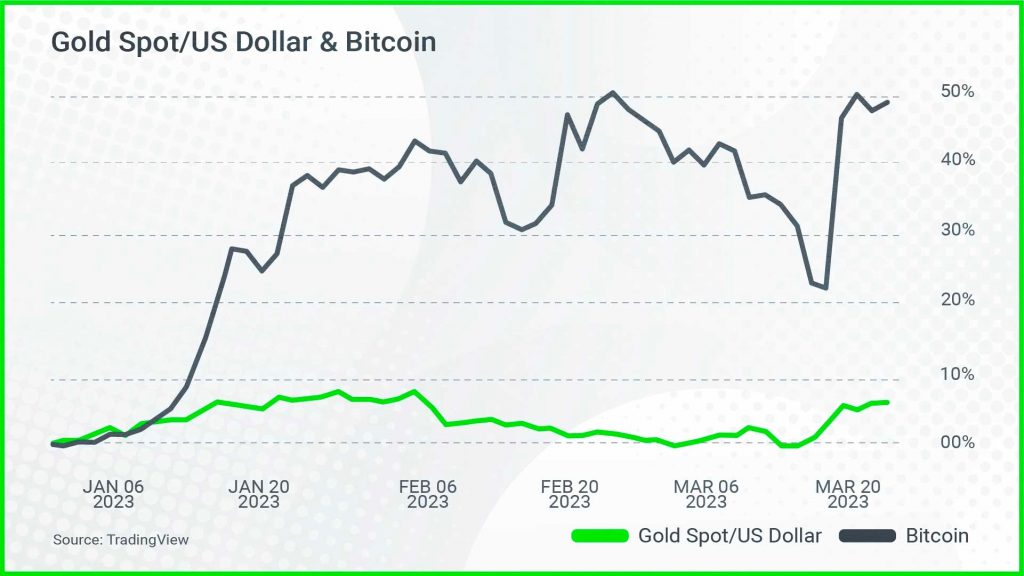
The World Gold Council highlights the structural shifts in gold markets over the past 30 years, which have seen gold trading become more ubiquitous.
In particular, the introduction of gold ETFs, which allow anyone to easily trade gold on most online trading platforms.
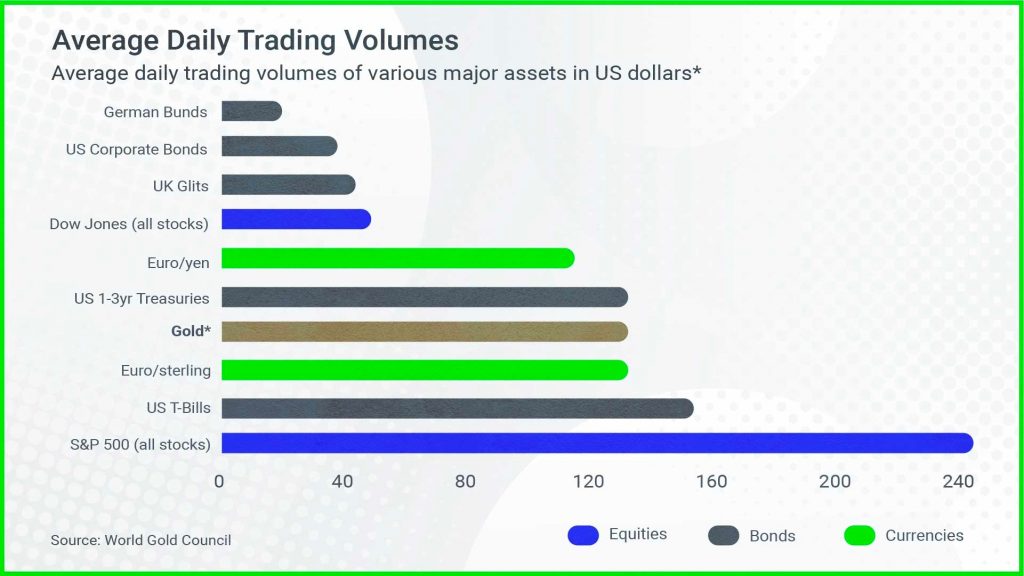
Another major structural change for gold has been the central banks becoming net buyers of gold over the past 13 years, basically since the Global Financial Crisis (GFC) in 2008.
Before the GFC, central banks were actually net sellers of gold.
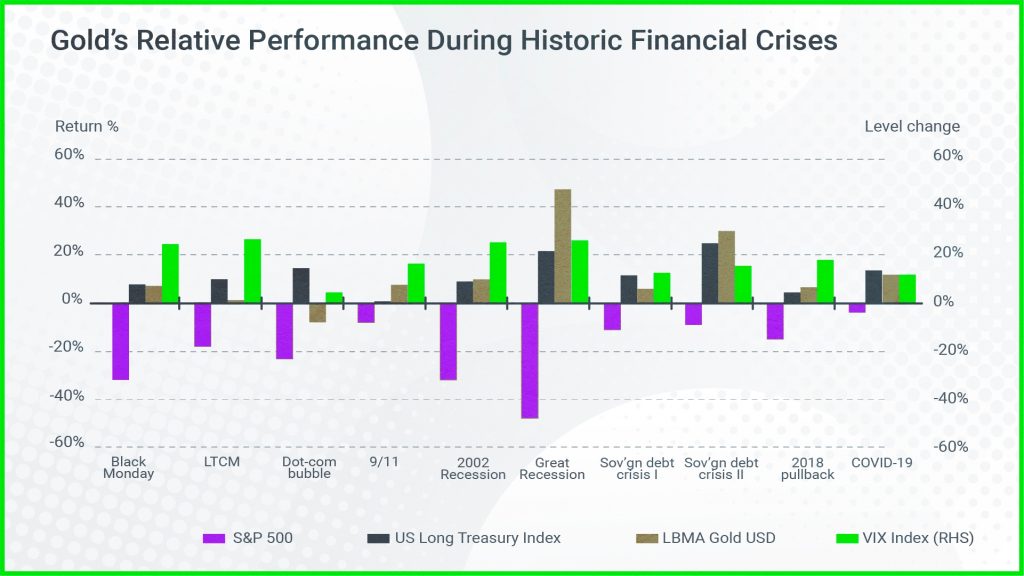
The gold market has undergone extensive transformation in the past 30 years, with gold now being sought by buyers of physical gold as well as being more extensively traded in derivatives markets.
Gold is one of the oldest commodities to be traded in the world and continues to carve out new meaning in modern financial markets.




